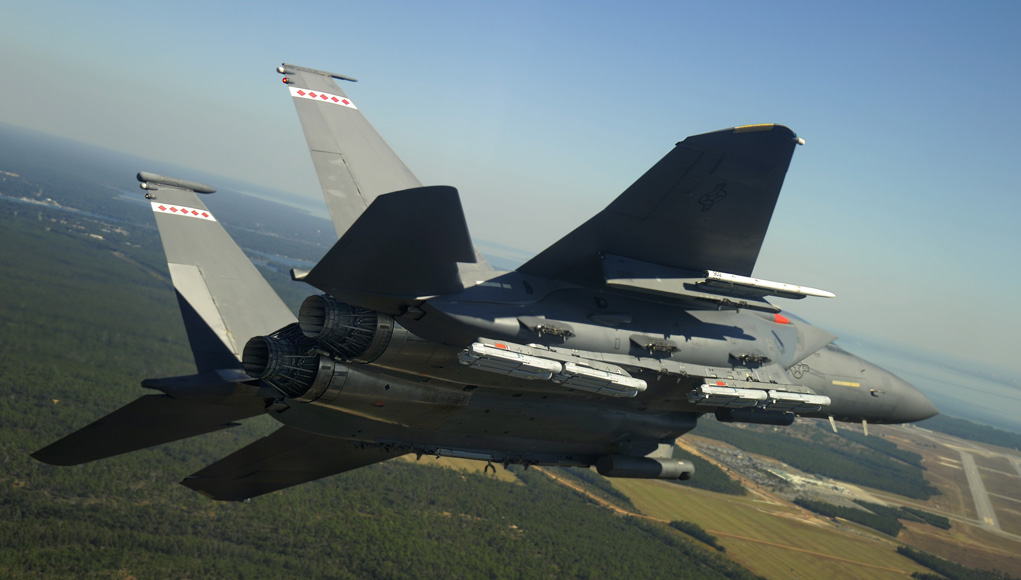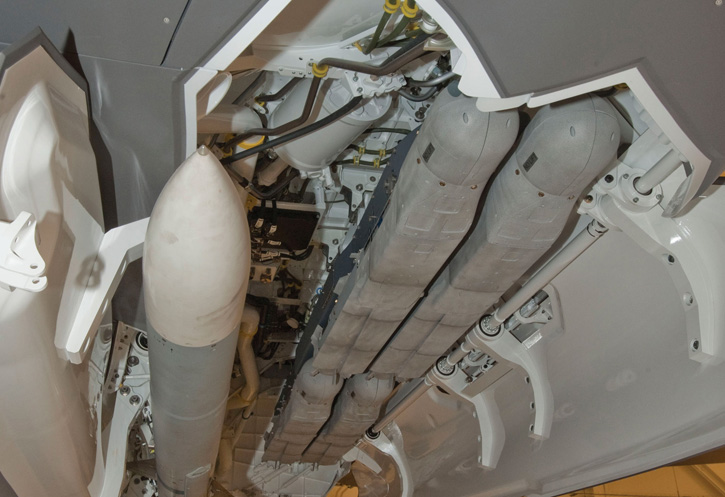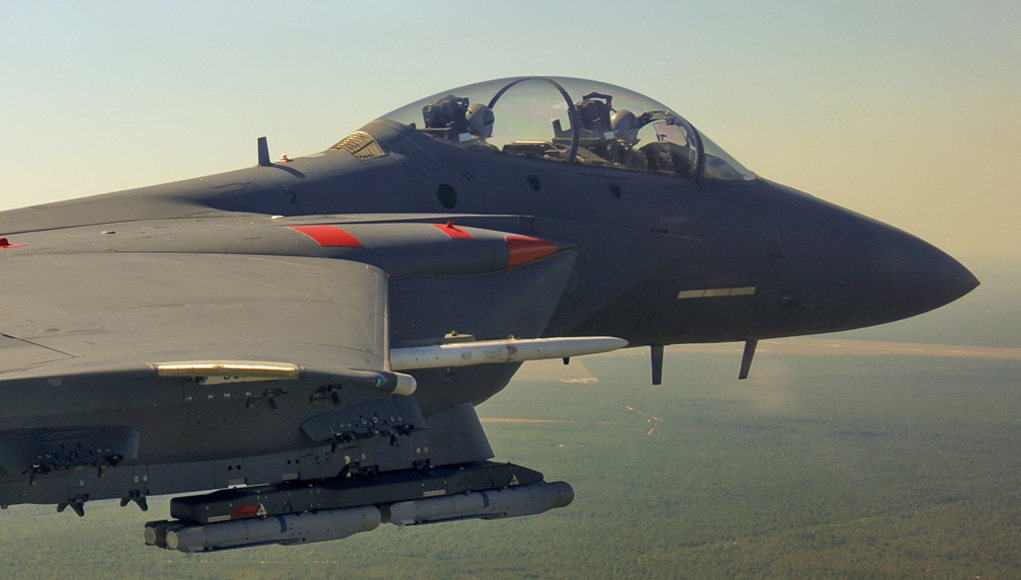Raytheon Company and the U.S. Air Force completed two successful Small Diameter Bomb II (SDB II) all-up round live fire test flights that demonstrated the weapon’s ability to detect, track and destroy moving targets. The flight tests that took place at the White Sands Missile Test Range, were the final flight events required prior to Milestone C and the start of Low Rate Initial Production (LRIP).
In September ’14 the weapons scored three direct hits against stationary and moving targets, using SDB II’s Guided Test Vehicle (GTV). In the recent flights live warheads replaced the GTV telemetry payloads, proving the weapon’s end-to-end tactical configuration that will be delivered to the U.S. Air Force and Navy. Raytheon is planning to continue to execute GTV and live fire flight tests in the coming months, as the program enters LRIP.

“These tests showcased the weapon’s new multi-effects warhead that provides SDB II with the capability to destroy targets while reducing collateral damage,” said John O’Brien, Raytheon SDB II program director. “Working closely with our U.S. Air Force customer, Raytheon is delivering this game-changing solution that fills a critical capability gap for U.S. warfighters.”

SDB II (also designated GBU-53) employs an advanced tri-mode seeker comprising an uncooled, imaging infrared (IIR), semi-active laser and Millimeter wave Radar. These three modes enable the weapon to seek and destroy stationary or moving targets, even in adverse weather conditions from standoff ranges. The highly accurate SDB II offers warfighters the flexibility to change targets after release through a secure datalink that passes in-flight updates to the weapon.
The weapon can strike targets from a range of 45 nautical miles, with a dynamic warhead that can destroy both soft and armored targets, while keeping collateral damage to a minimum through a small explosive footprint.
The Department of Defense has validated SDB II as a weapon that meets a critical warfighter need and has invested more than $700 million in the SDB II program. The U.S. Navy and U.S. Air Force have begun SDB II integration activities on the F-35, F/A-18E/F and F-16 aircrafts.





















